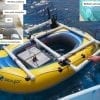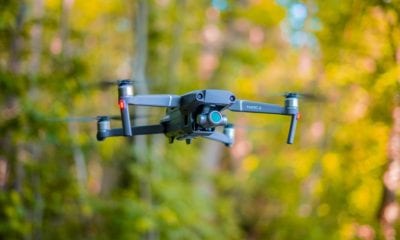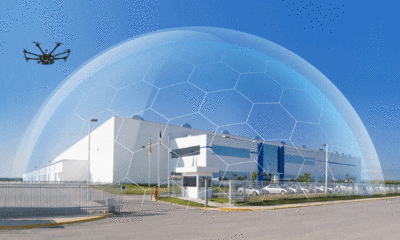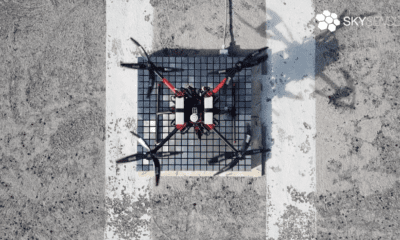Drones Help Monitor Breeding Green Sea Turtles
Drone flights will now replace fixed-wing aerial surveys over breeding grounds to count male and female sea turtles. Interestingly understanding sex ratios in these turtles is critical for predicting the impacts of environmental change especially for animals such as reptiles and fishes with temperature dependent sex determination. Whether they develop into males or females depends on temperatures they are exposed to early in life. In sea turtles, females are produced at higher incubation temperatures and males at lower temperatures.
Assistant professor of environmental conservation Lisa Komoroske and collaborators at Florida State and Oregon State universities will work for four-years using a $1.4 million, multi-institution grant to study how reproductive behaviours will influence the effects of climate change on green sea turtles (Chelonia mydas) as per the announcement by the National Science Foundation this month.
The site on which Komoroske and her team will work is the turtle nesting beaches on Fernando de Noronha, a marine reserve and UNESCO World Heritage Site- an archipelago of 21 islands about 220 miles off the coast of Brazil. She will also work with the Brazil-based non-profit conservation organization PROJECTO TAMAR on the project. UMass Amherst ecologist, team will assist in studying the turtles’ reproductive and migration patterns.
Komoroske, an expert in the use of genomic tools to study wildlife populations, will use genetic samples from turtle mothers and hatchlings to estimate sex ratios in a breeding population. She will team up with experts Mariana Fuentes in wildlife movement at Florida State and population modelling J. Wilson White at Oregon State to understand how the complex reproductive behaviours of sea turtles could provide a buffer against climate change.

Green sea turtles (Chelonia mydas) basking on a beach in Hawaii. Photo courtesy NOAA Fisheries, USFWS Permit #: TE-72088A-2
Her research team will combine insights from new technologies – genomics, satellite telemetry, and unmanned aerial vehicles or drones for satellite telemetry for aerial survey of male migration and population. Using fixed wing aircraft for survey Komoroske explains is expensive and makes it hard to answer many interrelated questions, including the sex ratio thresholds that will provide resilience for these species under climate change.
Drones are cost effective, especially in remote areas; they have a small carbon footprint and are easier and less obtrusive in a national park. These and other datasets will be integrated into advanced mathematical population and evolutionary models to forecast sea turtle population viability under different climate scenarios.

As a female green turtle lays a clutch of eggs, scientists add a tiny data logger to monitor the nest temperature throughout incubation. These data allow scientists to predict how many male and female hatchlings are produced based on the temperatures recorded during the second trimester of incubation.
Credit – NOAA Fisheries USFWS Permit #: TE-72088A-2
“You need a more holistic picture, and that’s what we’re aiming to do with evaluating and integrating several aspects at once that up to now were studied in isolation. With better data, we hope to put the pieces of the puzzle together and have a stronger ability to make realistic projections on population viability,” Komoroske says.
Explaining further she says that, these species are likely to be affected by environmental change resulting in temperature dependent sex determination and there is concern that extreme conditions will produce too many females, potentially destabilizing populations. Also, as female-bias increases with climate change scientists hope to answer the critical question of how many males are enough. To address such uncertainties, the team also plans to study female breeding behaviours and male migration.
Aerial drone surveys will go a long way in helping researchers explore why females migrate to nesting grounds only every two or three years while males may make the trip yearly, Komoroske adds.


























